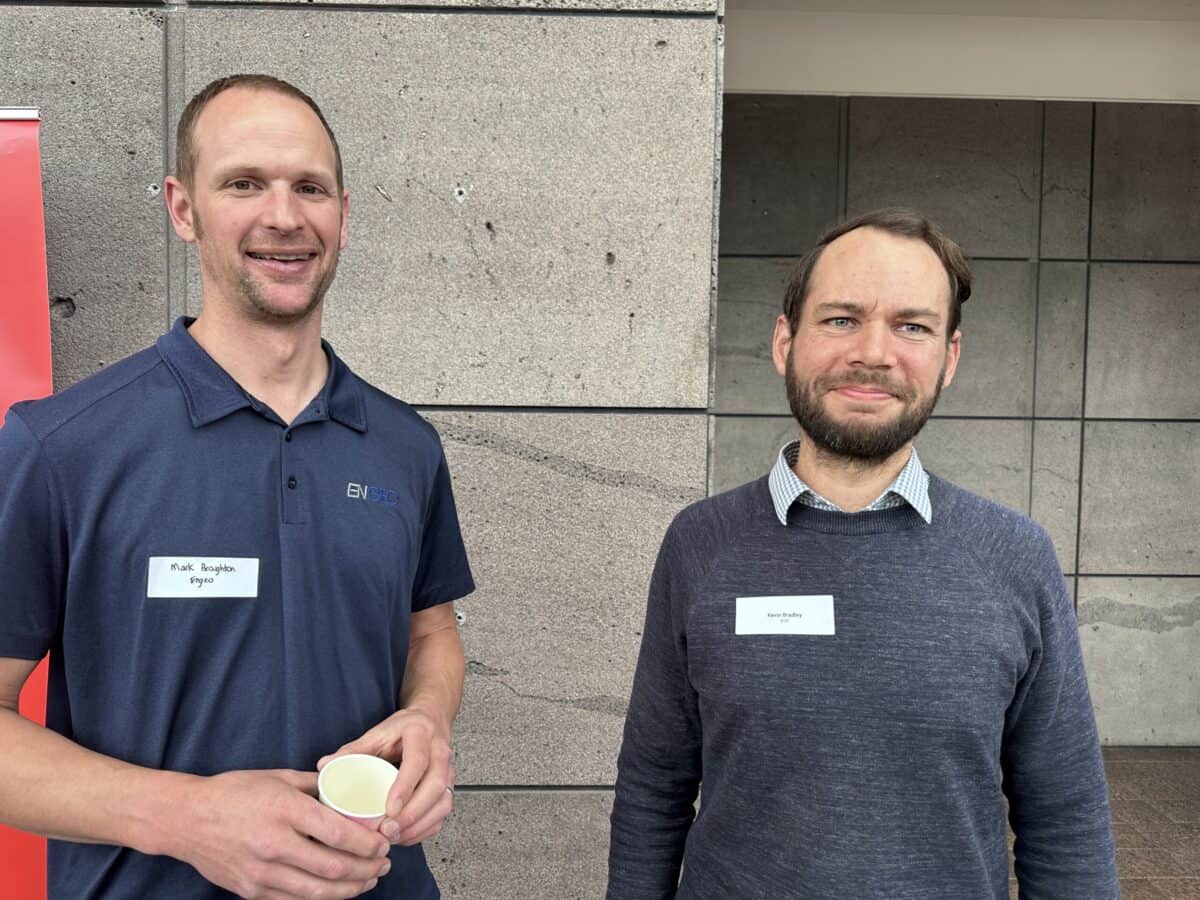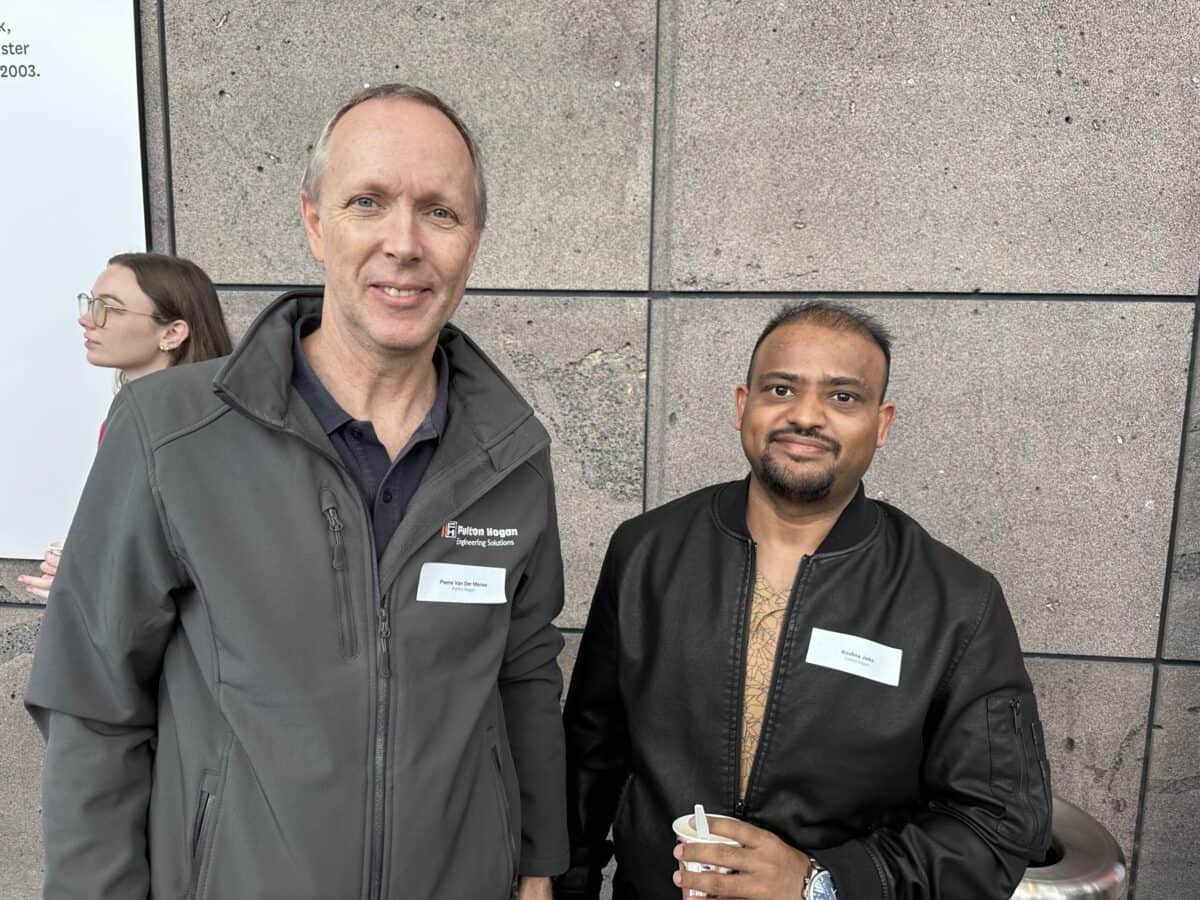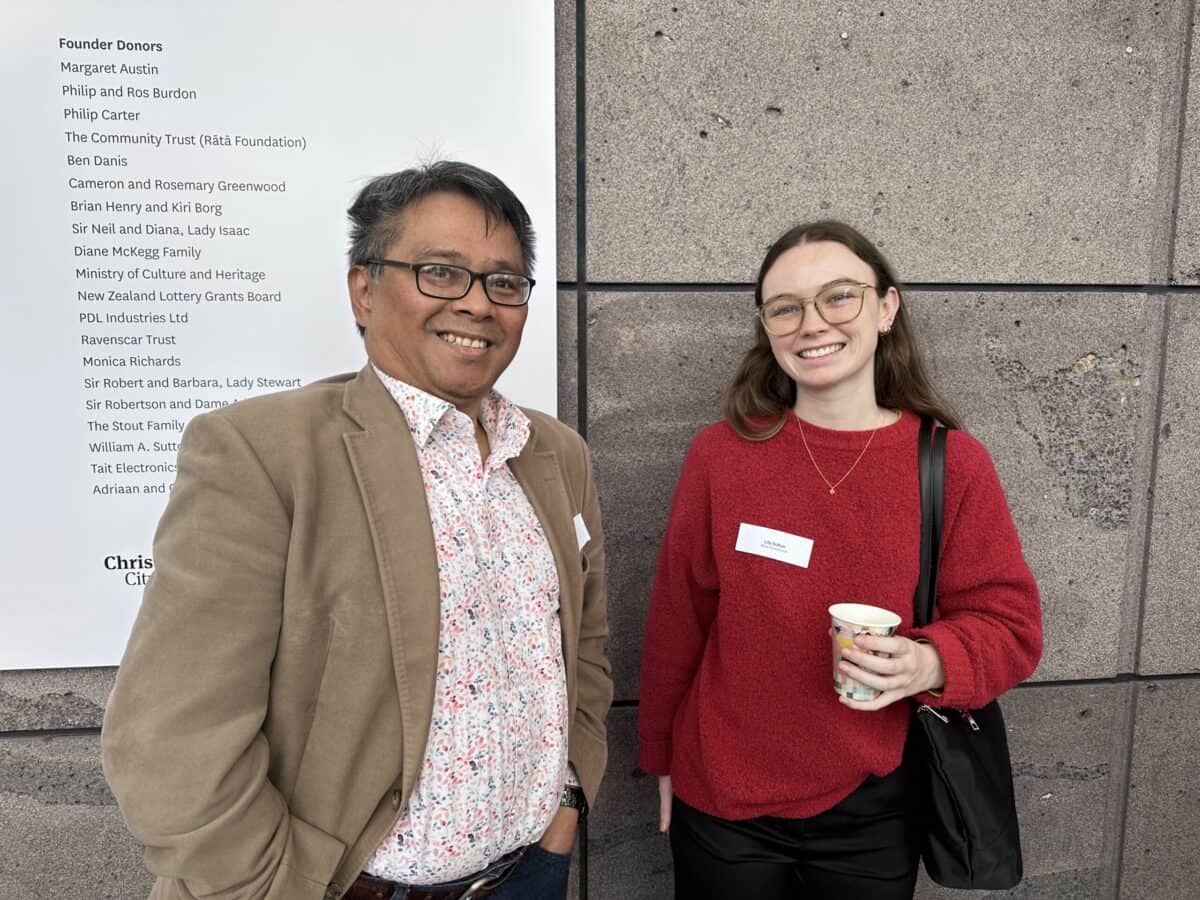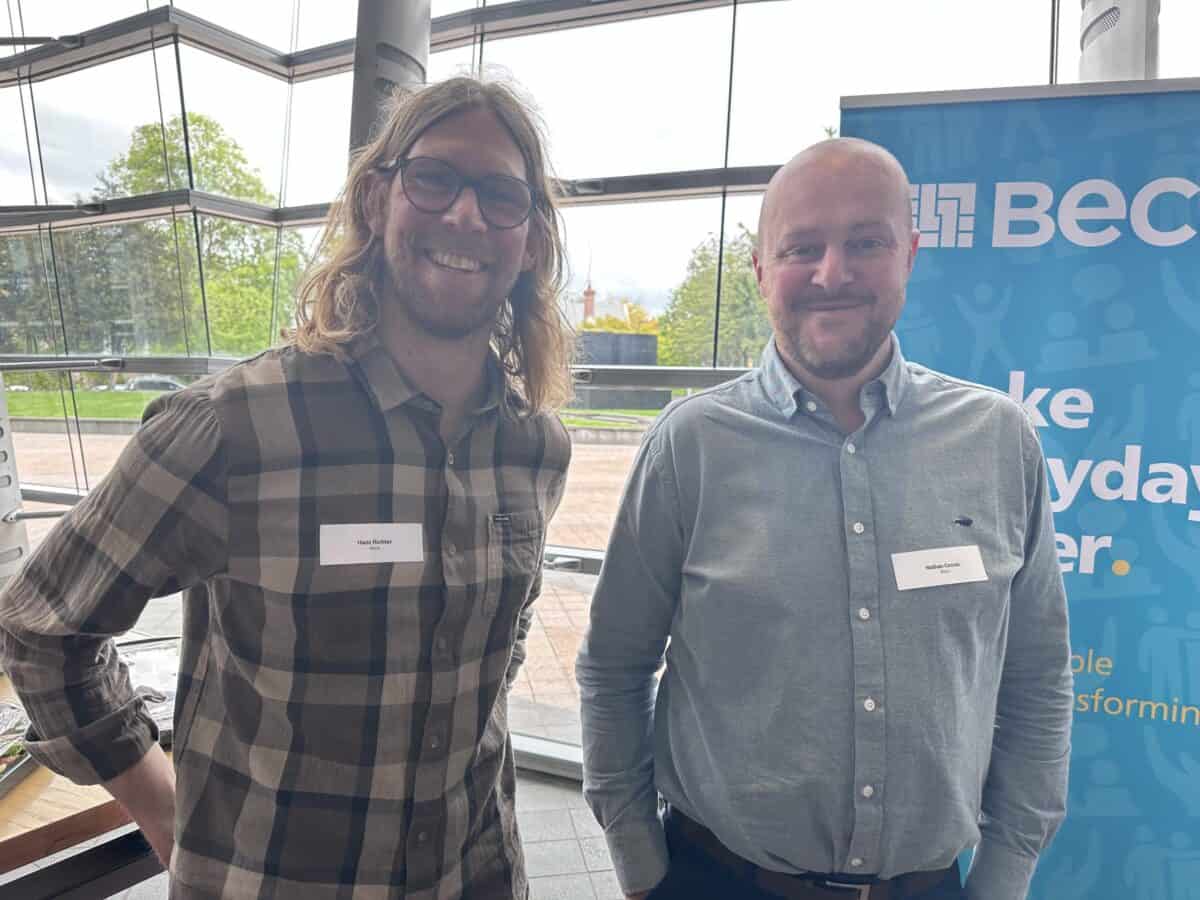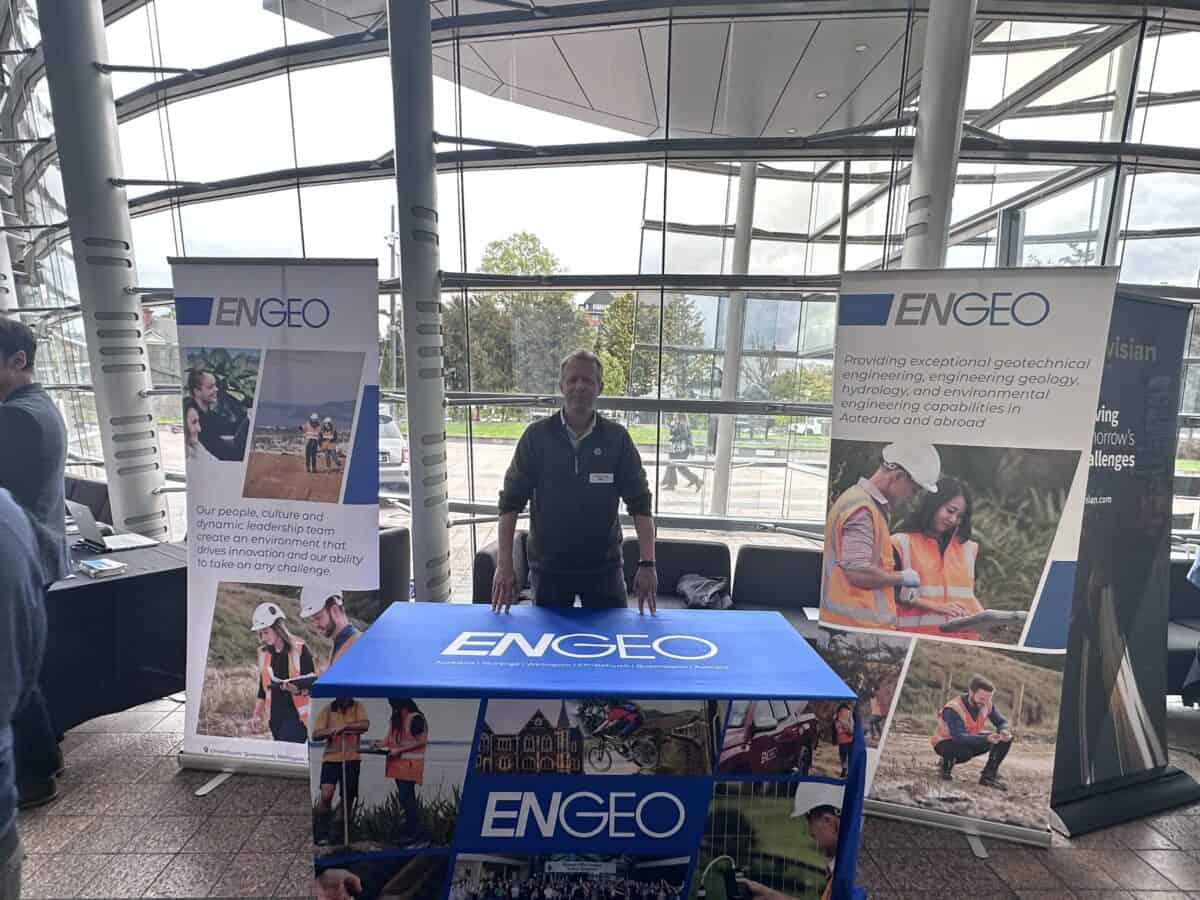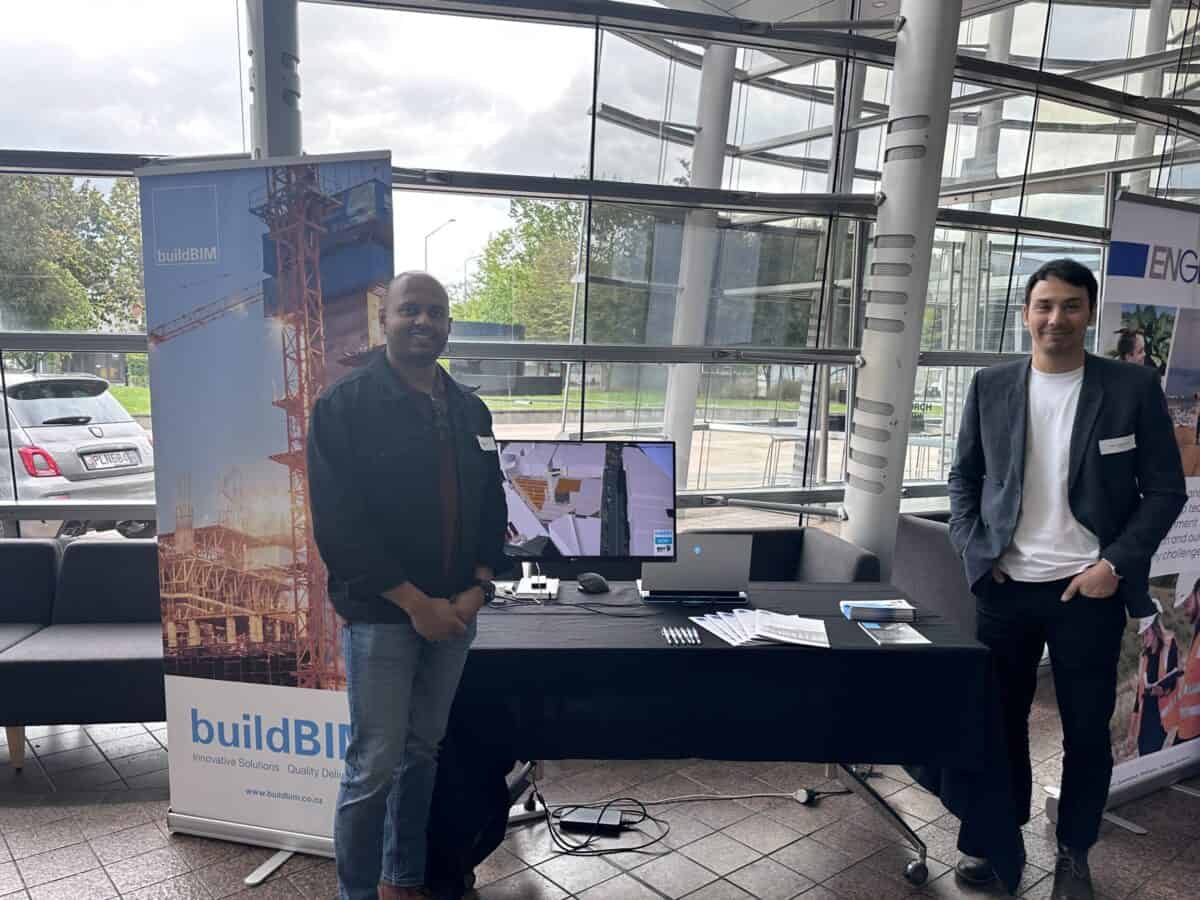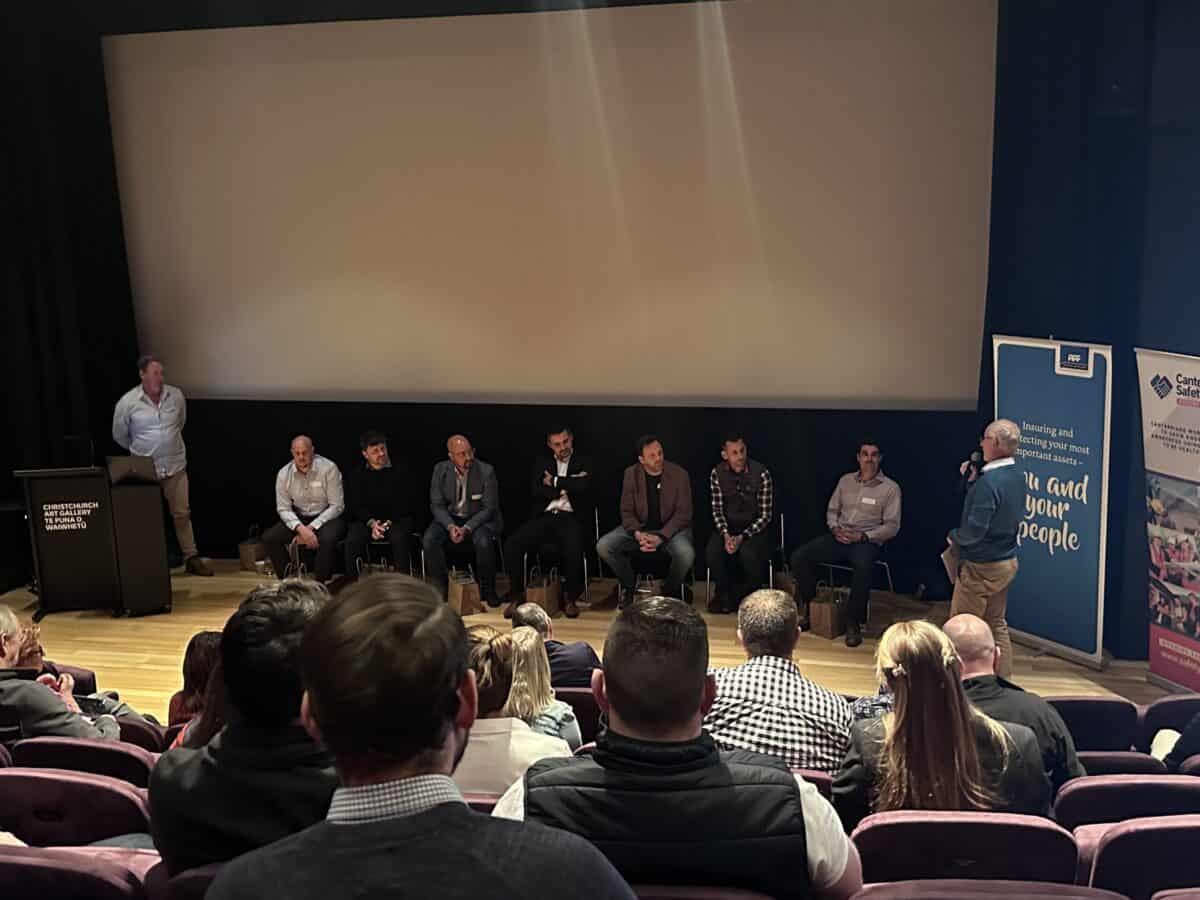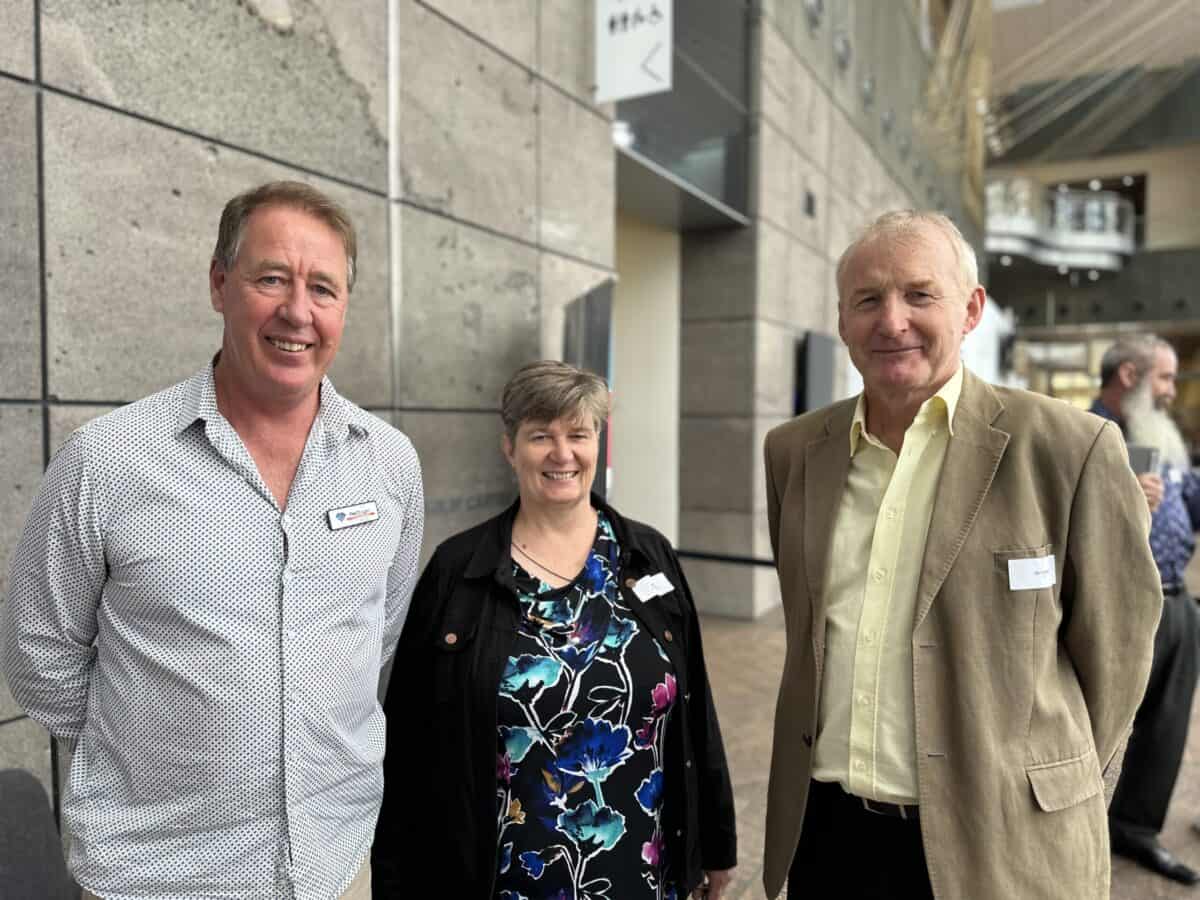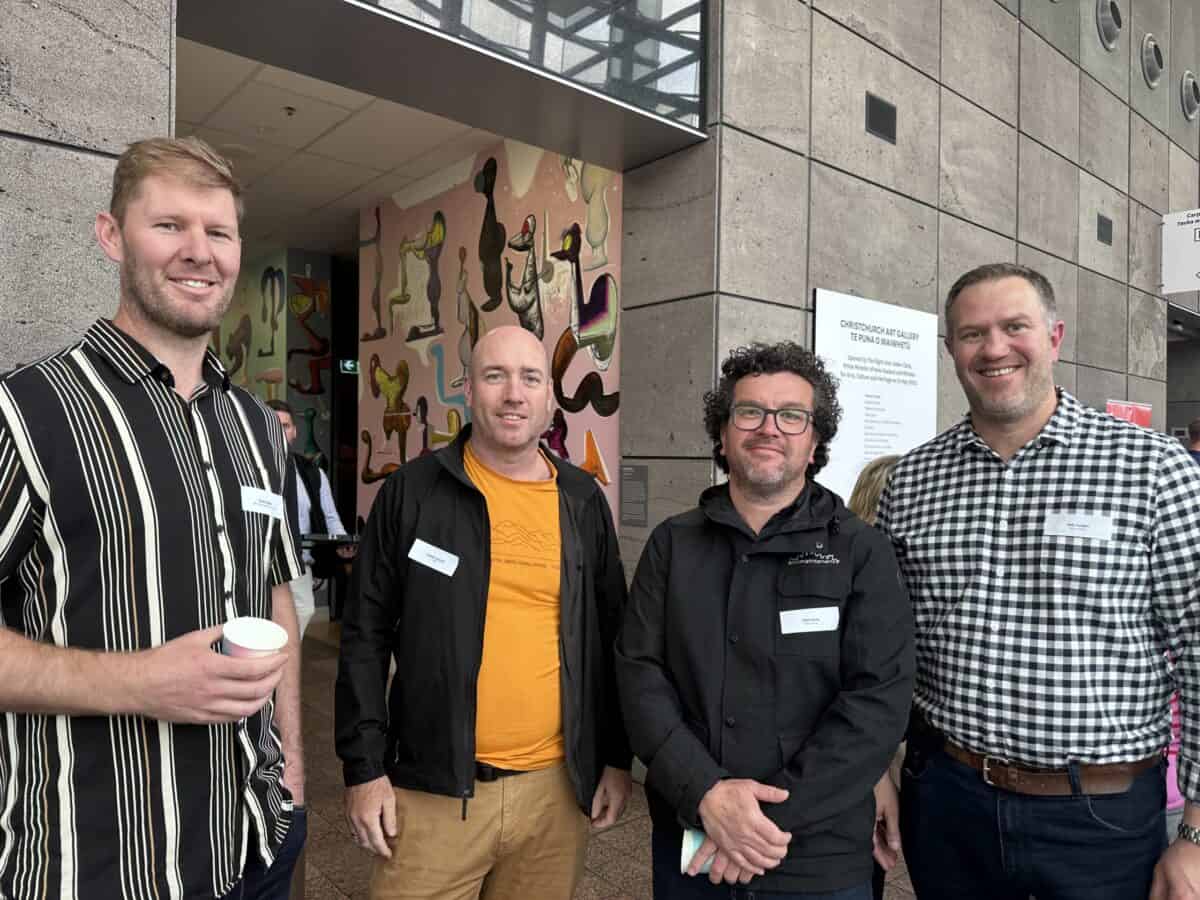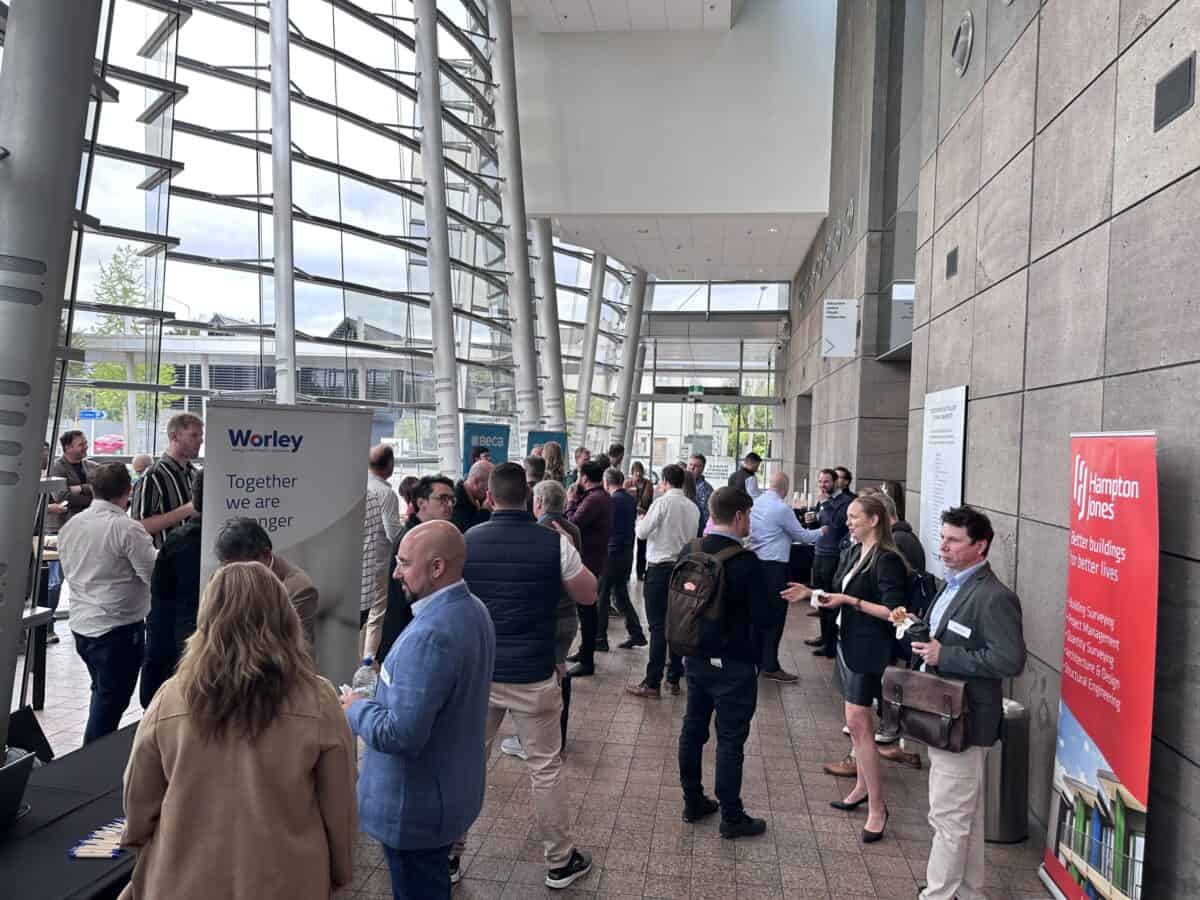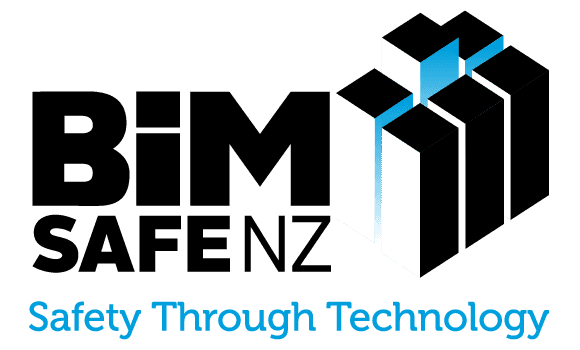BIMSafe Event Summary
BEYOND THE BLUEPRINT – christchurch SUMMIT
Thanks to everyone who attended our Beyond the Blueprint Summit on the 9th of November at the Christchurch Art Gallery. The event was very well received, and we had some fantastic feedback on the case studies and panel discussions.
For those who couldn’t make it, we’ve prepared a summary of the event’s highlights below. We’re also excited to share that this forum will be run in Auckland on Wednesday, February 14th, at the University of Auckland. You can find all the details here – please share with your colleagues and encourage them to come along.
Event Summary
The focus of this year’s BIMSafe Summit was on current projects in New Zealand, showcasing the use of digital tools for improving health and safety.
Christo Erasmus and Mikko Anzano from Steel and Tube started the sessions with details of their BIM modelling of reinforcing steel, which enables greater prefabrication of sections. There are also QR codes on the steel, which anyone on site can scan and link directly to the model.
Andrew Sinclair from BECA explained the use of BIM technology and reality capture on the Christchurch Cathedral Reinstatement Project. This enabled all the stabilization work to be visualised and planned without exposing the workers to the risks onsite.
Dean Burke from WSP, took us through a variety of examples of how Auckland’s City Rail Link is using BIM for health and safety, including a virtual tour of one of the tunnels and a training module for new workers, as well as a simulation that provides a driver’s perspective as work on the track progresses, which help to raise drivers’ awareness of hazards they may encounter.
Egor Jivick from Southbase Construction showed us how the BIM model of a data centre project was used as part of safety in design processes to enable safer maintenance of the equipment housed on site, while drones were used to improve construction safety, including the ability to work remotely during the covid lockdowns.
Robin Findlay from Auckland Airport highlighted the digital twin approach of a massive site, including all underground services, to enable safer work.
Ed Bermudez shared insights on the value provided by digital tools in disaster recovery from Cyclone Gabrielle in Napier. In this case, as in many of the other projects described, the use of BIM models and other digital solutions provided unforeseen value beyond the original project intent. BIM offers a platform to unlock further potential by providing decision-makers with a better context to support future decisions.
The key theme in all presentations was the ability of BIM models to enable effective communication and collaboration in all parts of a construction process. This involves using BIM to facilitate clash detection, planning of work activities, sequences, safe work, and safe maintenance, bringing all these activities to the front end of a project rather than having to resolve issues on the fly or do riskier re-work. The summit also highlighted the use of data to visualise and solve problems, flag issues, and plan mitigations, all in the model space.

